But as I flipped through the book, I was keeping an eye out for photos and descriptions of music, dance, instruments, and religion.
0 Comments
We walked down a quiet street in central Paramaribo and I checked the map on my phone to make sure we were in the right place. We arrived at a well-kept but unassuming green and white house, a house that has become home to the tradition of Koto Misis. Here, Christine Van Russel-Henar is preserving and documenting the clothing of Afro-Surinamese women, and preserving a tradition and a culture. One of the first things I saw when I entered was a photo of Van Russel-Henar’s mother, grandmother, and great-aunt in koto outfits from around the 1920s. Although the photo is black and white, you can still see the patterns, and the mannequins that fill the room let you see the rich and bold colors of the kotos. They wear large skirts, structured jackets, and elaborately-tied headscarves. The women who bear this tradition are called Koto Misis, and the koto outfits originate in the ritual dramas like the banya prei.
The banya is a ritual play that combines song, dance, and role-playing in a religious ceremony to establish contact with ancestors, spirits, and gods. This developed into the du, which included secular or non-religious plays.
New York, 1952 The smell of books lingered in the air as card catalog drawers clinked closed and creaked open. Dena Epstein walked through the golden light bouncing off the stone walls. She might have felt at home in any library, even if she had never been there before. On this day in 1952, she found herself in the New York Public Library, a monument to curiosity and learning in the heart of Manhattan. Dena had studied music and library science, and had worked as a music librarian. At thirty-six years old, her career as a librarian was temporarily on hold as her husband worked a government job and she took care of their children. Not working in a library didn’t seem to suit Dena, though. She wanted to engage her mind, she wanted to have interesting things to think about. Unanswered research questions nagged her. One of those questions made her come to the library from her home in New Jersey.
“‘Getting Up Cows,’ that’s what it’s called, ‘Getting Up Cows,” William Adams said. “An old fella played that. He was a cracker-jack old fiddler, though, I don’t believe he could beat me….” Mike Seeger hadn’t come to the neighborhood to record Adams initially, but now he wanted to hear any tune the Black fiddler could remember, even if he forgot it halfway through or couldn’t remember the name. “I forget how that goes, though, I haven’t played that since a long time ago,” the 72 year-old Adams continued before he put the bow on the fiddle’s strings and hesitantly pulled the tune from deep in his memory. In the end, it sounded like he might have just last played it a week or a year ago, not some 20-odd years earlier.
This field recording wasn’t taken in some rural hamlet or deep holler, it was less than five miles from Seeger’s home in the well-to-do suburb of Chevy Chase outside Washington, D.C. And yet in 1953, when Seeger stepped into Adams’s neighborhood of KenGar, segregation left this community so separate from the white towns and neighborhoods surrounding it, a white person might drive by without even knowing it was there.
In an attempt to distract myself from devastating news about the federal mismanagement of the current covid-19 pandemic, I decided to make a linocut of a plague doctor. As if emerging from a nightmare as a cross between a crow and the grim reaper, the doctors wore long cloaks, a hood with a long beak, and eye protection. I searched for images to use for inspiration and a simple engraving print caught my eye. As I went to research more about the image, I realized it wasn’t just any plague doctor outfit, this was supposed to be an image of a real doctor, Ijsbrand van Diemerbroeck, who not only treated plague patients, but wrote a book of case studies in hopes of educating other doctors about symptoms and treatments.
My debut narrative nonfiction book Flowers in the Gutter is now available! Flowers in the Gutter tells the true story of the Edelweiss Pirates, working-class teenagers who fought the Nazis by whatever means they could.
Fritz, Gertrud, and Jean were classic outsiders: their clothes were different, their music was rebellious, and they weren’t afraid to fight. But they were also Germans living under Hitler, and any nonconformity could get them arrested or worse. As children in 1933, they saw their world change. Their earliest memories were of the Nazi rise to power and of their parents fighting Brownshirts in the streets, being sent to prison, or just disappearing. As Hitler’s grip tightened, these three found themselves trapped in a nation whose government contradicted everything they believed in. And by the time they were teenagers, the Nazis expected them to be part of the war machine. Fritz, Gertrud, and Jean and hundreds like them said no. They grew bolder, painting anti-Nazi graffiti, distributing anti-war leaflets, and helping those persecuted by the Nazis. Their actions were always dangerous. The Gestapo pursued and arrested hundreds of Edelweiss Pirates. In World War II’s desperate final year, some Pirates joined in sabotage and armed resistance, risking the Third Reich’s ultimate punishment. This is their story. Pre-order your copy today or see upcoming book events! I've been asked to be on a panel at SXSW - but we need community votes to make it to the event! I've been asked to be on The Banjo Project: A Digital Museum's panel at South by Southwest (SXSW), along with curator Marc Fields and the amazing musicians Dom Flemons and Tony Trishka. However, we need community votes to make it to the next round of selection!
Click here to learn more about the project, register, and vote.
Although it didn't end up helping me with that research, Tucker's opinions about the abolition of slavery struck me. Here was a man, standing up in front of the Virginia legislature, calling out Thomas Jefferson specifically and calling the United States more or less a bunch of hypocrites.
|
Come in, the stacks are open.Away from prying eyes, damaging light, and pilfering hands, the most special collections are kept in closed stacks. You need an appointment to view the objects, letters, and books that open a door to the past. Archives
April 2023
Categories
All
|
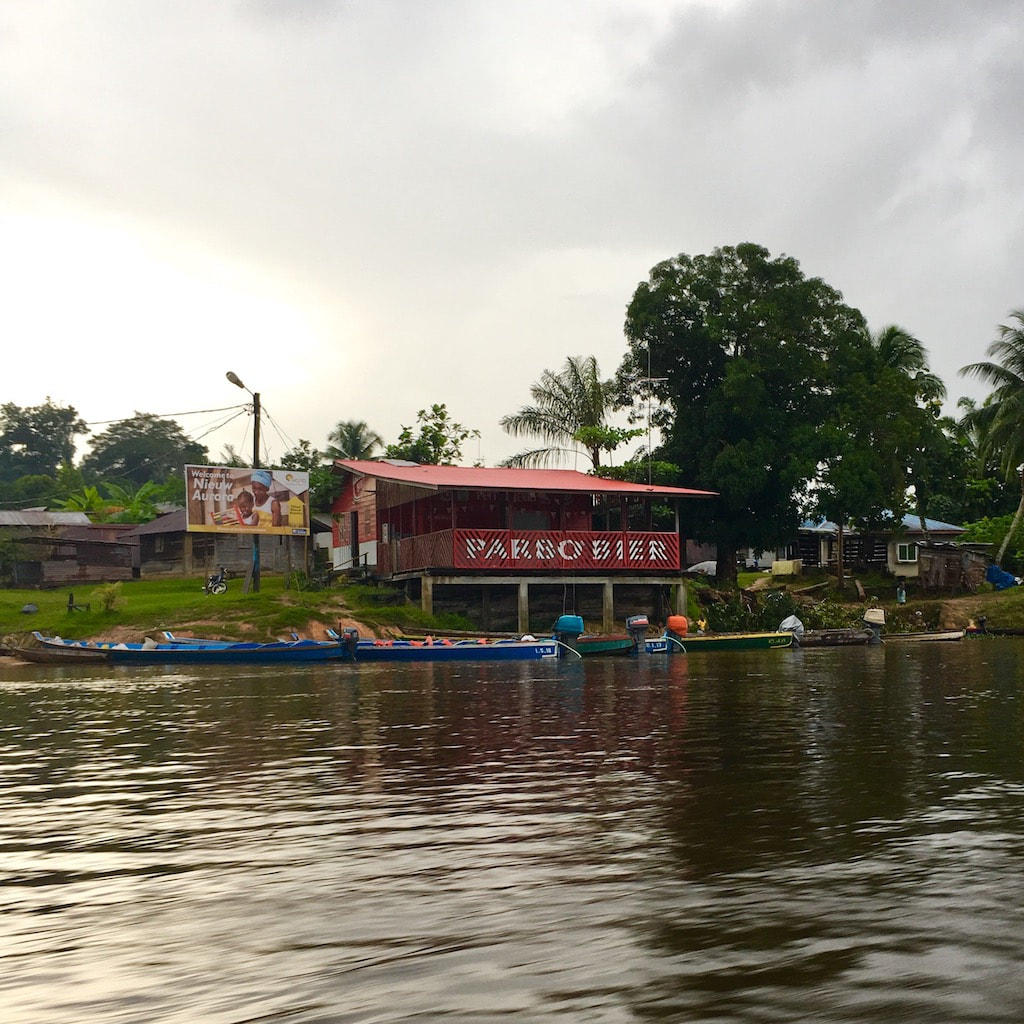
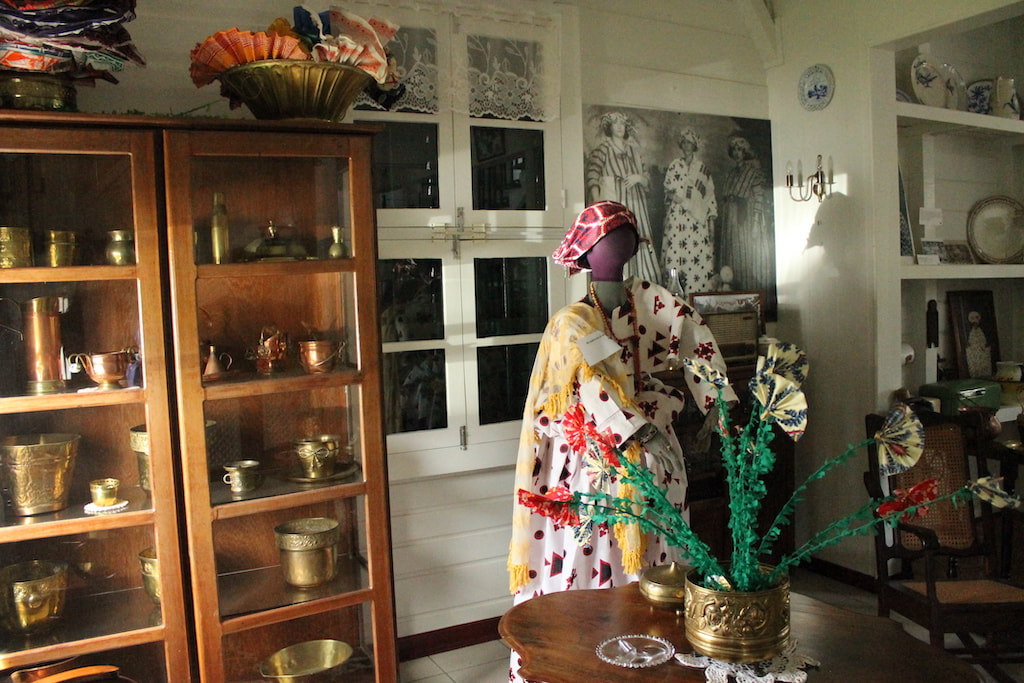
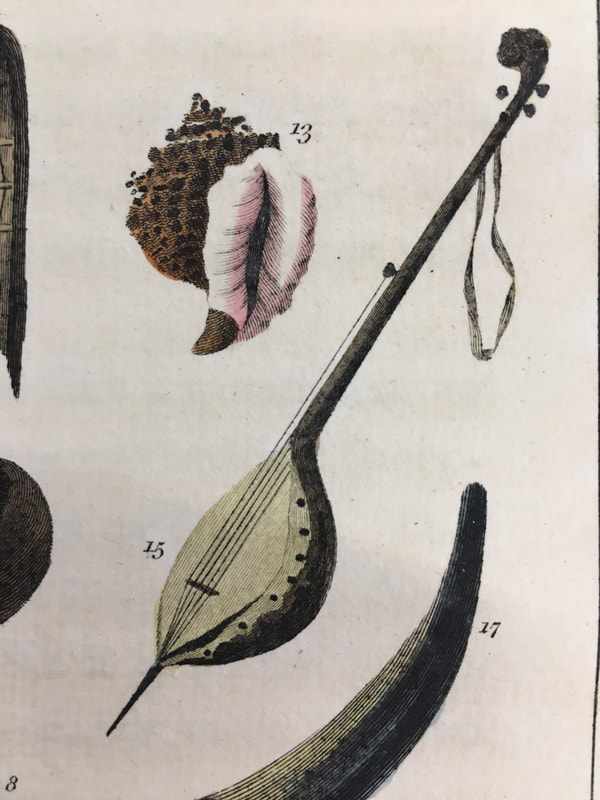
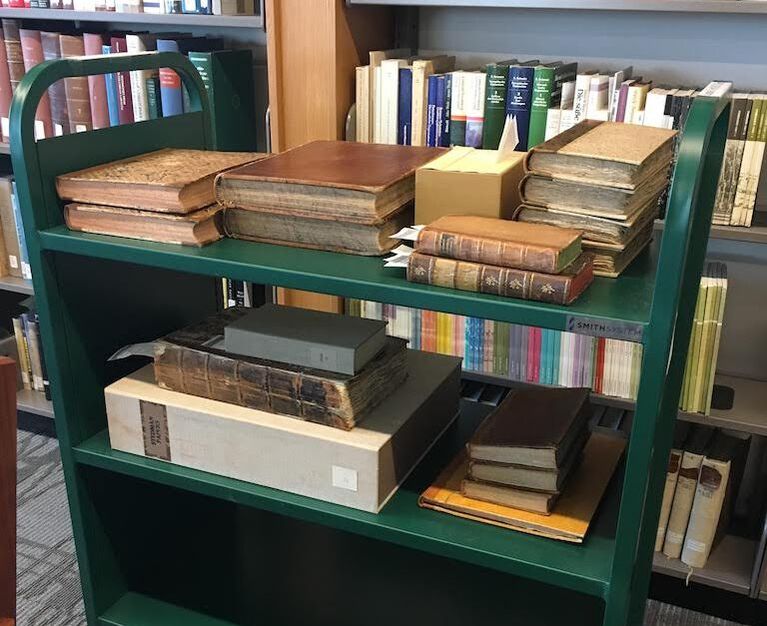
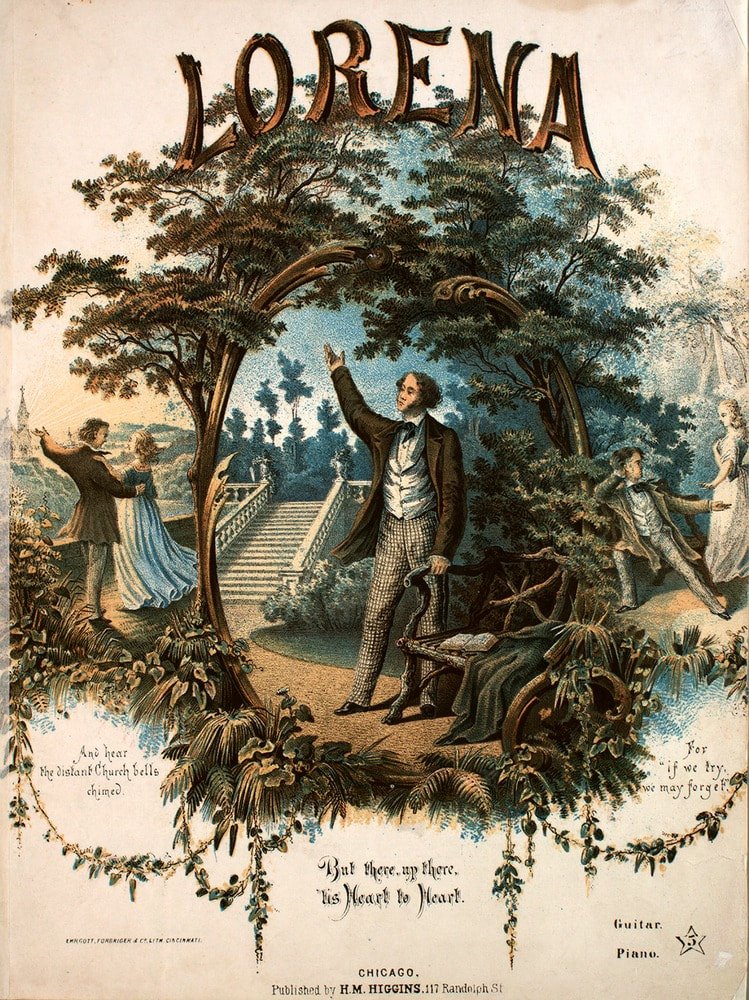
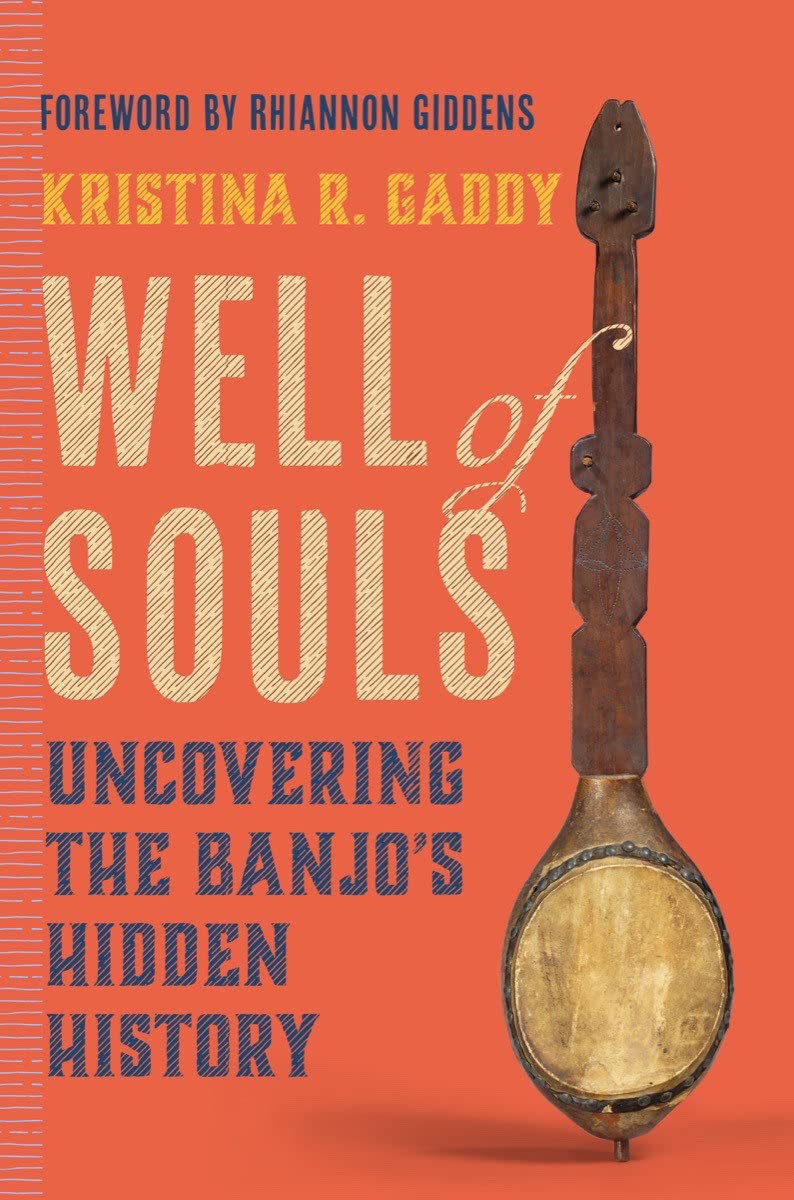
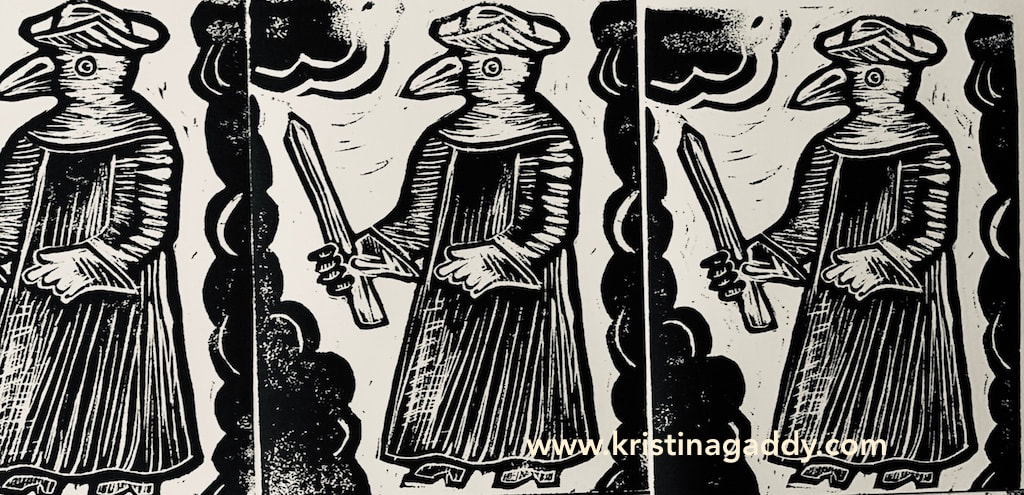
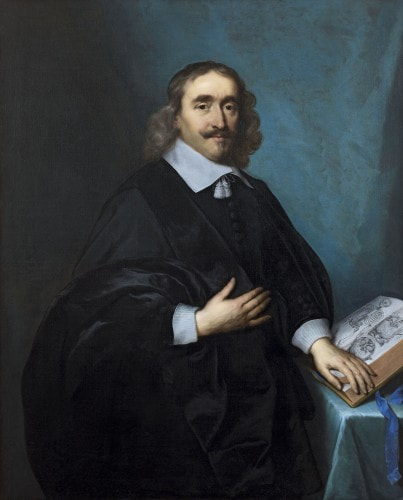


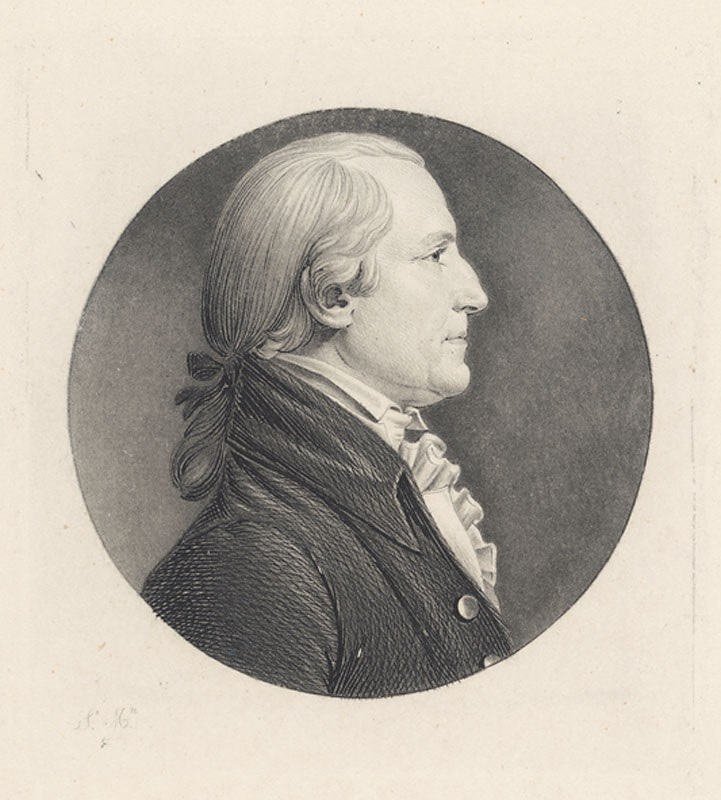

 RSS Feed
RSS Feed